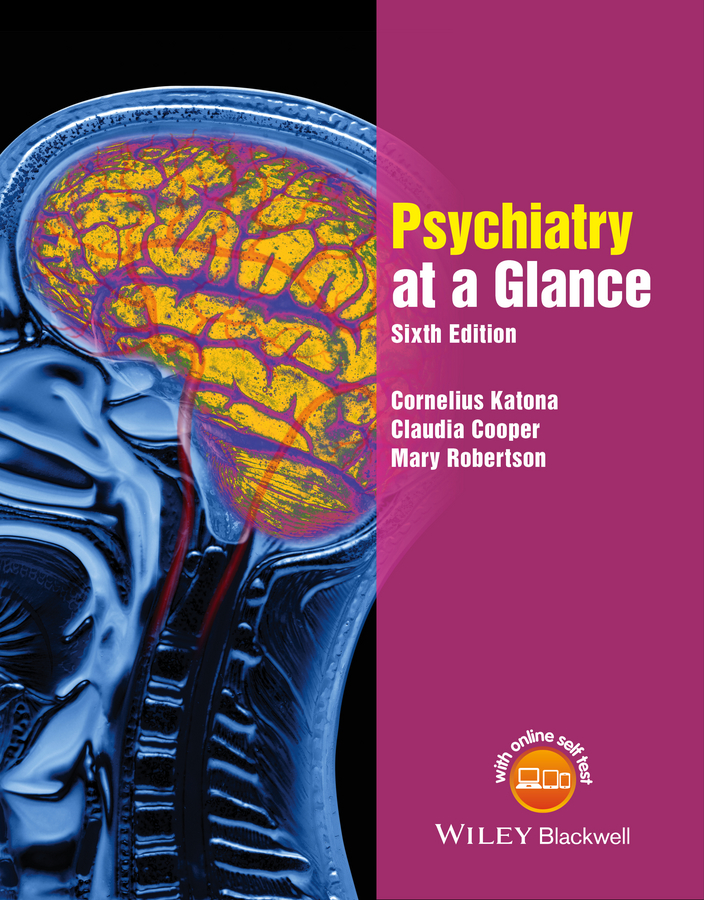- Home
- Case studies
- Figures
- Your feedback
- Become a reviewer
- More student books
- Student Apps
- Join an e-mail list


While working as a psychiatric liaison doctor, you are called to the orthopaedic ward to assess John Baker, an unemployed 44-year-old with no previous psychiatric history who jumped off a motorway bridge three months ago in an apparent suicide attempt. He is physically well and about to be discharged. He was diagnosed with HIV some years ago. His partner recently died from AIDS. He tells you he tried to kill himself because he did not want to go on without her and still does not. The nurses report he has been quiet, withdrawn and tearful. They are concerned that he has been eating and drinking little. On examination he reports feeling worthless and says that there is no point to his life, as his partner was his only friend. He wants to die.
a. What is the likely diagnosis?
b. What is the current suicide risk?
He says that he recently saw his partner walk into the ward kitchen and momentarily felt comforted, although now he is worried that he is ‘seeing things’.
c. What would you advise him about his concerns regarding seeing his dead partner?
d. What treatment would you advise in this case?
You decide to prescribe mirtazapine, but Mr Baker is reluctant to take it as he sees no point and believes nothing will help him. He has been told that he is fit for discharge and plans to go home the next day. You are concerned about this, place him on a section 5(2) and call the Approved Social Worker to arrange a Mental Health Act assessment.
e. Under which section of the Mental Health Act would he be placed if he was detained at the assessment and why?
f. He makes good progress on the ward, and the consultant asks you to plan a meeting to plan his care after discharge. What is this type of meeting called?